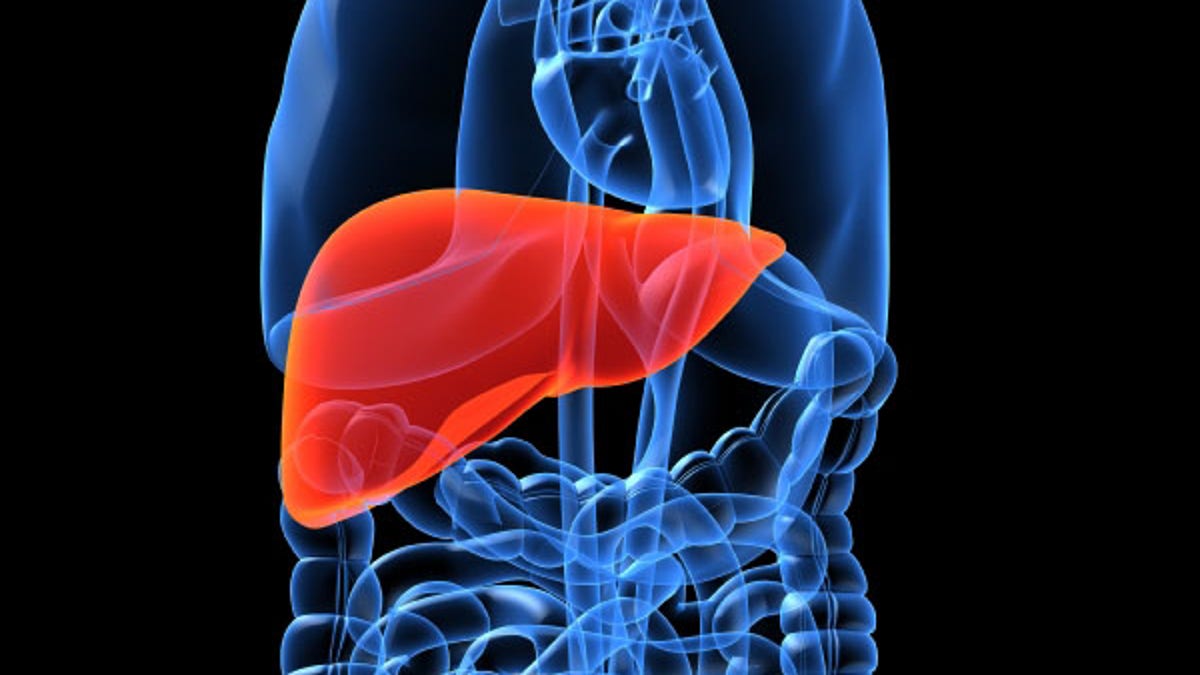
In a medical first, scientists at the Gladstone Institutes and the University of California, San Francisco (UCSF) have transformed human skin cells into mature, fully functioning liver cells.
Additionally, these cells can thrive on their own after being transplanted into laboratory animals— a positive step for future treatment for liver failure.
So far, scientists have been able turn skin cells into cells closely resembling heart cells and pancreas cells, but there hasn’t been a method to generate cells that are fully mature. And previous studies on liver-cell reprogramming had difficulties getting the stem-cell-derived liver cells to survive and flourish once transplanted inside the body.
But in this latest study, published in the journal Nature, researchers figured out a way to overcome these obstacles.
“Earlier studies tried to reprogram skin cells back into a pluripotent, stem cell-like state in order to then grow liver cells,” senior author Sheng Ding, a professor of pharmaceutical chemistry at UCSF, said in a press release. “However, generating these so-called induced pluripotent stem cells, or iPS cells, and then transforming them into liver cells wasn’t always resulting in complete transformation. So we thought that, rather than taking these skin cells all the way back to a pluripotent, stem cell-like state, perhaps we could take them to an intermediate phase.”
Ding’s regeneration method involved using a specific “cocktail” of reprogramming genes and chemical compounds. This mixture helped to transform the skin cells into cells resembling those in the endoderm – an embryonic cell layer that eventually forms many of the body’s major organs. According to the researchers, this state allowed the cells to be more easily “coaxed” into becoming liver cells.
Then, using another set of genes and compounds, Ding and his team transformed the endoderm-like cells into nearly indistinguishable liver cells. To see how well these cells performed on their own, the researchers implanted them into the livers of mice that had been genetically altered to experience liver failure. Nine months post-transplantation, the team saw an overall rise in human liver protein levels – an indication that the liver cells were growing and thriving.
This study has major implications for those suffering from liver failure, as a costly liver transplant is often the only form of treatment.
“Many questions remain, but the fact that these cells can fully mature and grow for months post-transplantation is extremely promising,” said Dr. Holger Willenbring, associate director of the UCSF Liver Center and the paper’s other senior author. “In the future, our technique could serve as an alternative for liver-failure patients who don’t require full-organ replacement, or who don’t have access to a transplant due to limited donor organ availability.”
Click for more from University of California, San Francisco.
